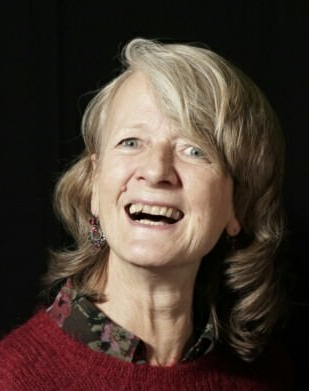Cited By
View all- (2022)The Handbook on Socially Interactive AgentsundefinedOnline publication date: 27-Oct-2022
- Oker APecune FDeclercq C(2020)Virtual tutor and pupil interaction: A study of empathic feedback as extrinsic motivation for learningEducation and Information Technologies10.1007/s10639-020-10123-525:5(3643-3658)Online publication date: 1-Sep-2020
- Admoni HScassellati B(2017)Social eye gaze in human-robot interactionJournal of Human-Robot Interaction10.5898/JHRI.6.1.Admoni6:1(25-63)Online publication date: 26-May-2017
- Show More Cited By


